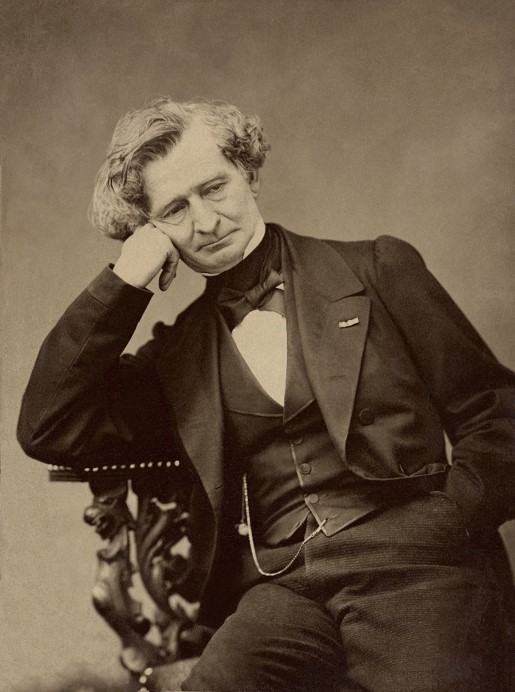

Hector Berlioz was a French composer of the early Romantic Period, but decades ahead of his time musically. His compositions fully embraced the Romantic themes of folklore, fantasy, and the macabre, while incorporating a number of musical innovations that were by no means popular when first encountered.
In his most famous work, Symphonie Fantastique ("fantastic" in the sense of "fantasy," not, like, "really great"), listeners can hear a number of extended techniques. This is the term for instruments being used in non-traditional ways to produce unique sounds.
Some examples of extended techniques include:
Symphonie Fantastique also includes one of the first examples of a composer reaching back into music history for material: the fifth movement prominently features the Dies Irae, a Gregorian Chant used at requiem masses.
Hungarian Dance from "The Damnation of Faust"
Symphonie Fantastique, Movement 4
Symphonie Fantastique, Movement 5